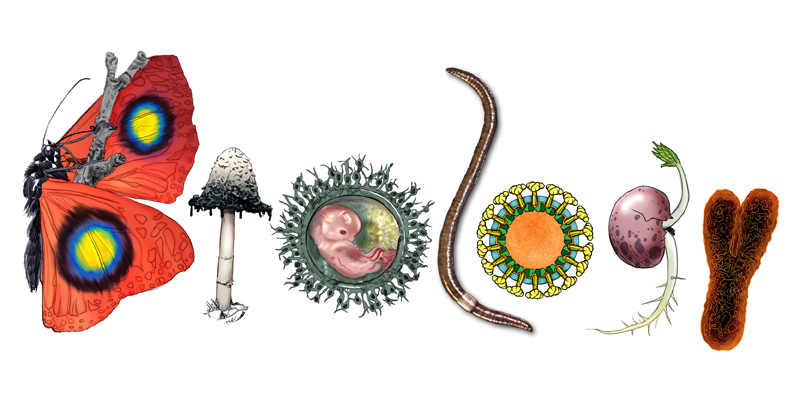Undiscovered species
Article curated by Ginny Smith
Scientists are trying to catalogue the world's species, but with huge areas still unexplored, this is a difficult task. As more and more species become endangered and risk going extinct, it is a race against time to document the world's biodiversity.

Even in well explored areas, new species regularly crop up, like the new crayfish discovered recently in Tennessee. Scientists can guess at how many undiscovered species there are out there using mathematical models, but we may never have a complete picture of what animals and plants that exist here on earth.
Learn more about Undiscovered Species.


Sometimes, just discovering a species isn't enough: we want to know what it is and how it behaves, and this may be challenging to discover. For example, a “purple blob” iscovered on the ocean floor off of the Southern Californian coast may reportedly take years to identify. The blob has two distinct lobes, and could possibly be a nudibranch (soft marine mollusc) or a pleurobranch (amorphous sea slug). They don't know. However, whatever it is, it's unique. Pleurobranchids, for example, have never been seen that are purple before, so that would be a first. But even confirming the species is a new one is a long, slow process. And, once done, other questions follow. How do they survive, reproduce, feed? These species produce chemical secretions, so are there new blob chemicals to study too?


Useful species

Aspirin, for example, was originally extracted from the bark of a willow tree. We don't know what other useful substances might be hiding in unexplored regions of the world, and what benefits they may have for humanity.


Fungi are medicinally, recreationally and nutritionally valuable, and exist as their own taxonomic group. Many fungi exist beneath the ground and can extend for miles, often unseen. They are highly diverse and scientists estimate there may be five million fungal species are alive today, but we've only identified 100,000. Due to habitat loss, are losing as many as 6 for every 1 plant lost to extinction, but we have no real idea how many we're losing. It's important to know how many fungi there are and how fast we're losing them in order to conserve them.

 2
2There is far more mystery in the natural world than in the manufactured world. Every time we dive below 1000 metres (the maximum depth that sublight penetrates) we discover a new species. We are losing species of bugs and plants to extinction (often anthropogenically caused) faster than we can discover them, yet we still don’t know much about the chemical nature of most natural plant species. The oceans and the rainforests may hold not only the answers to medical challenges, but also elucidate greater understanding of the chemical nature of our world, and guide us to find ways to make new materials in labs. They could help us understand environmental chemistry, and the ecological interaction between living things and chemicals, evolution, and emerging concerns such as antimicrobial resistance in the environment.


 2
2


Oldest Species
When we talk about how 'old' a species is, there are two things we can mean. Firstly, we could mean how long the species as a whole has been around – for example, when the ancestors of animals alive now first walked the earth. Unfortunately, the fossil record is incomplete, meaning we have no way of knowing when certain species first appeared. Hopefully, as more species are discovered, either alive or fossilised, we will begin to fill in the gaps.


The other version of age is how long an individual of that species lives. This is important because studying long-lived animals may provide a clue into how we could slow down the ageing process and even increase our lifespan. Without knowing all the species that exist, however, it is impossible to determine which lives to be the oldest, so we may not be investigating the most helpful creature!
Learn more about Animal Longevity.


 2
2The fossil record of tyrannosaurs in eastern North America, for example, is very poor. Only two species are known, Appalachiosaurus (77 million years ago) and Dryptosaurus (~67 million years ago), and these species are more primitive than the ones we have more information for from elsewhere: they have shallow snouts and large arms, in contrast to the deep snouts and short arms seen in Laramidian and Asian species, which w tink developed later. This means Appalachiosaurus and Dryptosaurus may be a window into the evolutionary history of the tyrannosaurs, but fossils are rare and incomplete. Scientists are not optimistic that new species will be found soon...


This article was written by the Things We Don’t Know editorial team, with contributions from Zen Faulkes, Ed Trollope, Johanna Blee, Thomas Carr, Rowena Fletcher-Wood, and Alice Wayne.
This article was first published on 2015-08-27 and was last updated on 2021-03-25.
Recent undiscovered species News
Get customised news updates on your homepage by subscribing to articles












